Geothermal Energy Solutions
Let’s Achieve Your Sustainability Goals Together!
What are Geothermal Energy Solutions?
Geothermal Technology utilizes the natural temperature of the ground to help you maintain a consistent temperature without high energy bills or high carbon footprints.
The EPA has acknowledged that geothermal systems are the most energy-efficient, environmentally clean, & cost-effective space conditioning systems available. Geothermal technology isn’t new – in fact, Sweden and Switzerland use geothermal energy to maintain more than 75% of their homes.
Why Choose Geothermal?
Geothermal systems deliver a 400% efficiency rating. 4 units of energy are delivered for every 1 unit of electrical energy. This is possible because geothermal systems are transferring heat, not create it by burning something. This can lower your bill by up to 70%, depending on your situation. The most efficient gas furnace has an efficiency rating of 94%, which means that for every one unit of electricity used, .94 units of heat are delivered.
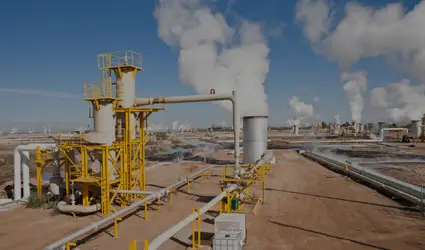
Geothermal systems are very smooth and quiet in operation, about as loud as a standard refrigerator. Because there is no outdoor unit, there is no outdoor noise to ruin cookouts or other outside activities – nor is there any noise that you can hear through the windows.

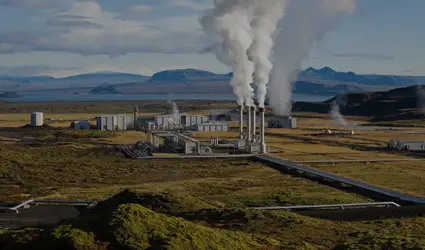
There is no combustion in a geothermal heat pump – which means there’s no chance of carbon-monoxide poisoning. This also means that harmful gasses, chemicals, and byproducts of traditional HVAC systems won’t be entering your air.
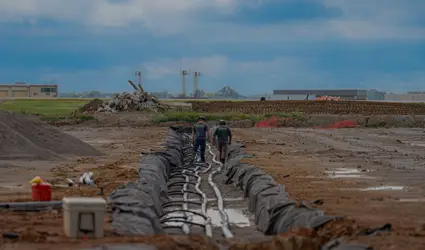
A typical furnace will last 7-10 years with regular maintenance, whereas the indoor unit of a geothermal system can last up to 25 years. The ground loop of the geothermal system (the pipes buried in the yard) has a warranty of 50 years. That means that you will only need to install a geothermal system once, with possible replacement of parts every 25 years. Not too bad when you consider how quickly you will break even with a geothermal system energy savings!
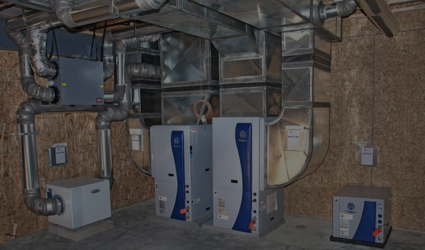
Geothermal does require an up-front investment, and that investment is higher than other, traditional systems. However, geothermal systems are so cost-efficient that they can pay for themselves with energy savings in as little to 2-5 years. After the savings have finished paying for the system installation, the rest of its lifespan is spent saving you a great deal of money for the rest of the system’s life.
Additionally, there are many tax incentives that will provide even more financial benefits.
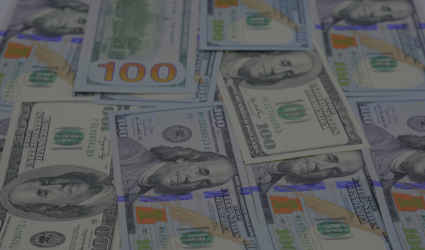
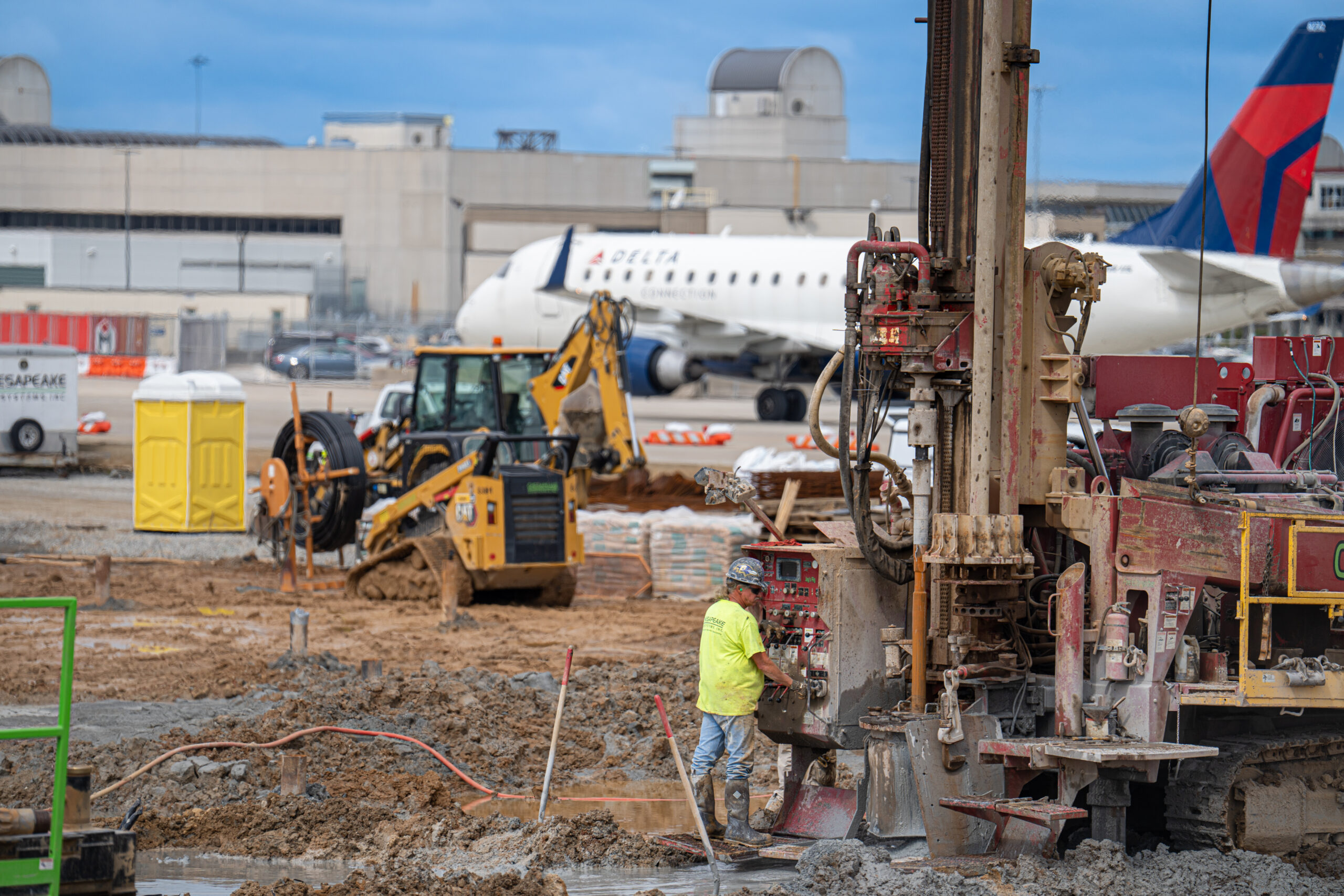
How Does Geothermal Work?
Geothermal works because the ground beneath our feet is warmer than the outside air in the winter and cooler in the summer. Inserting a series of small pipes, called loops, into the ground allows heat to be transferred to and from your home. In this process heat is not created, it is transported therefore no fuel is burned. Ground temperature is a constant 55 degrees, regardless of the temperature outside.

